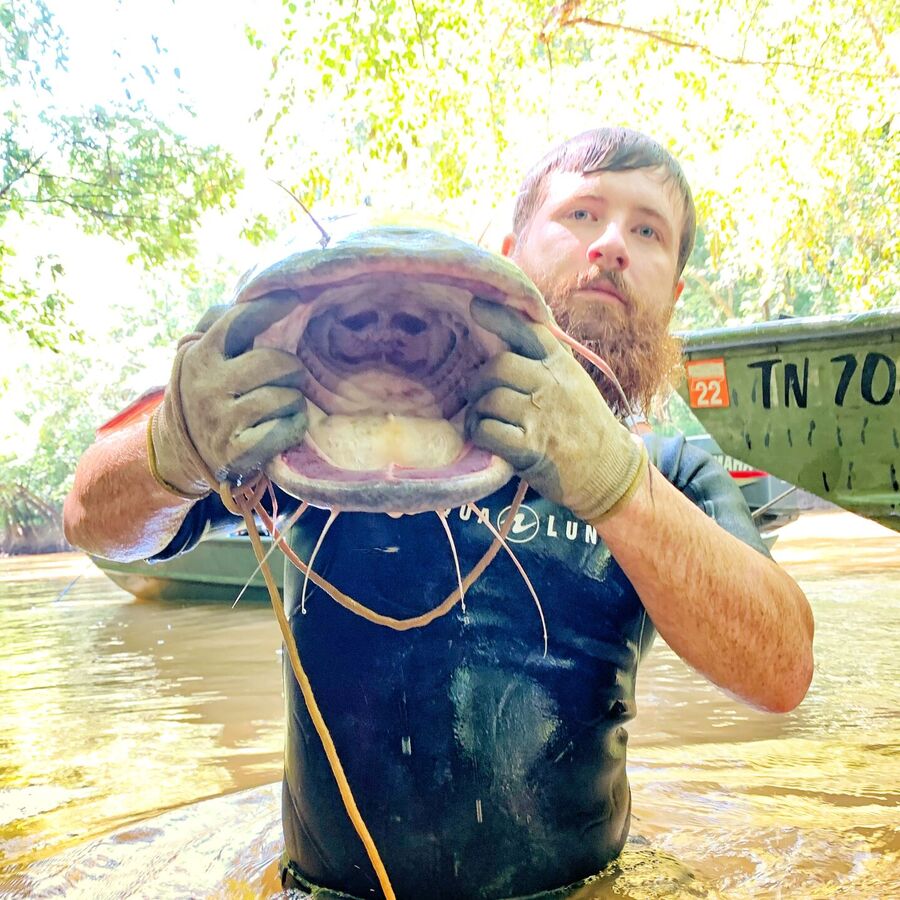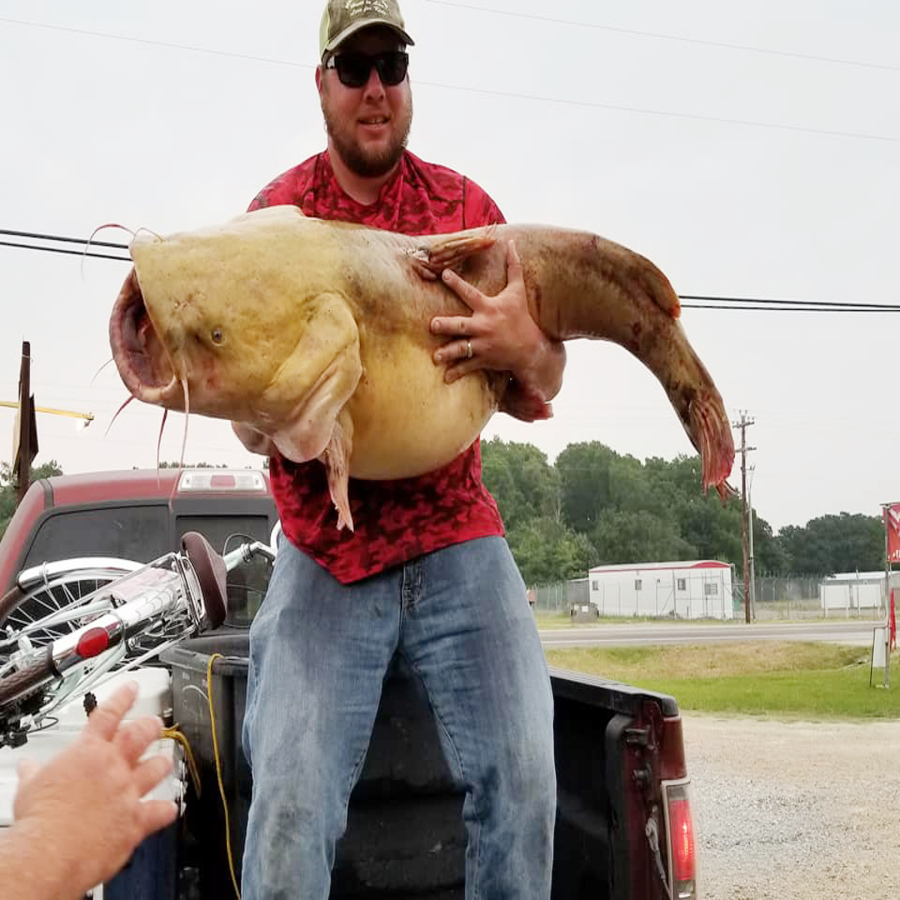Fishing is a versatile and age-old activity that comes in many forms, each with its own unique techniques and appeal. Among the most unconventional methods, noodling stands out for its hands-on and thrilling approach. Noodling fishing, primarily associated with catching catfish, involves using your hands to locate and capture fish hiding in underwater cavities. Consequently, this method requires a combination of bravery, skill, and patience. Therefore, understanding the intricacies of noodling fishing can provide anglers with a unique and exhilarating experience. This comprehensive guide explores the history, techniques, safety considerations, and environmental impact of noodling. By delving into these aspects, you can better appreciate and potentially engage in this fascinating form of fishing.
The History and Origins of Noodling
Noodling is an ancient fishing technique with deep cultural roots. Understanding its history and origins provides context for this unique practice. Therefore, exploring the historical background is essential.
Historical Roots
Noodling has been practiced for centuries, particularly in the Southern United States. Indigenous peoples and early settlers engaged in hand-fishing to catch catfish, a valuable food source. This method was passed down through generations, often as a rite of passage or family tradition. The name “noodling” is said to have originated from the term “canoodling,” implying the close, sometimes combative, interaction with the fish. By understanding the historical roots of noodling, you can appreciate its cultural significance and longstanding tradition. Therefore, recognizing the historical context is crucial.
Cultural Significance
Noodling is more than just a fishing technique; it holds cultural significance in the regions where it is practiced. Often associated with rural communities, noodling represents a way of life and a connection to nature. Community events and festivals celebrating noodling are common, highlighting its role in local culture. Additionally, the practice fosters camaraderie and bonding among participants, whether family members or friends. By understanding the cultural significance of noodling, you can see how it transcends fishing to become a meaningful social activity. Therefore, recognizing its cultural importance is essential.

Techniques and Practices in Noodling
Noodling requires specific techniques and practices to be effective and safe. Understanding these methods is vital for those interested in trying this unique form of fishing. Therefore, exploring noodling techniques and practices is crucial.
Locating Catfish
The first step in noodling is locating catfish, which typically hide in underwater cavities such as holes, crevices, or submerged logs. Experienced noodlers develop a keen sense for identifying these hiding spots. They rely on observations of water conditions, the presence of other fish, and previous knowledge of the area. Often, noodlers will probe potential spots with their hands or feet to confirm the presence of a catfish. By understanding how to locate catfish, you can increase your chances of a successful noodling experience. Therefore, recognizing the significance of location is crucial.
The Catching Process
Once a catfish is located, the catching process involves reaching into the cavity and grasping the fish by the mouth or gills. This requires a firm, steady grip to prevent the fish from escaping while avoiding injury to both the angler and the fish. The catfish may put up a struggle, and larger specimens can be particularly challenging to handle. Proper technique and physical strength are essential for safely capturing and retrieving the fish. By understanding the catching process, you can effectively and safely engage in noodling. Therefore, recognizing the importance of technique is crucial.
Safety Considerations in Noodling
Noodling involves inherent risks, making safety a paramount concern for practitioners. Understanding and implementing safety measures ensures a safer and more enjoyable experience. Therefore, exploring safety considerations is essential.
Potential Hazards
Noodling exposes anglers to various potential hazards, including encounters with non-target species such as snapping turtles, snakes, or alligators. Additionally, underwater obstructions and the force of resisting catfish can pose physical risks. The potential for cuts, scrapes, and more severe injuries necessitates caution and preparedness. Noodlers must be aware of their surroundings and exercise vigilance to avoid these hazards. By understanding the potential hazards, you can take steps to mitigate risks and ensure a safer noodling experience. Therefore, recognizing the importance of awareness is crucial.
Safety Gear and Practices
Using appropriate safety gear and following best practices can significantly reduce the risks associated with noodling. Wearing protective gloves can prevent cuts and abrasions while providing a better grip on slippery fish. Anglers should never noodle alone; having a partner ensures assistance in case of emergencies or difficulties. Familiarizing oneself with local wildlife and water conditions can also enhance safety. By understanding and implementing safety gear and practices, you can enjoy noodling with greater confidence. Therefore, recognizing the value of preparedness is essential.

Environmental and Ethical Considerations
Noodling, like any form of fishing, has environmental and ethical considerations that anglers must be aware of. Understanding these aspects ensures responsible and sustainable practices. Therefore, exploring environmental and ethical considerations is crucial.
Impact on Fish Populations
Noodling can impact local fish populations, particularly catfish, if not practiced sustainably. Removing large breeding individuals can disrupt the reproductive cycle and reduce population numbers. Responsible noodlers adhere to size and catch limits, ensuring that their activities do not negatively impact the ecosystem. Practicing catch-and-release, where feasible, can also help maintain healthy fish populations. By understanding the impact on fish populations, you can adopt practices that support sustainability. Therefore, recognizing the importance of responsible fishing is crucial.
Legal Regulations
Legal regulations governing noodling vary by region, with some areas allowing it and others imposing restrictions or outright bans. These regulations are designed to protect fish populations, prevent overfishing, and ensure the safety of anglers. Before engaging in noodling, it is essential to familiarize yourself with local laws and obtain any necessary permits. Compliance with regulations not only ensures legal fishing practices but also supports conservation efforts. By understanding legal regulations, you can noodle responsibly and ethically. Therefore, recognizing the importance of compliance is essential.
Addressing Common Questions About Noodling
Understanding common questions about noodling provides additional clarity and guidance for those interested in this unique fishing method. Therefore, exploring common questions is essential.
Can Anyone Try Noodling?
A common question is whether anyone can try noodling. Yes, with the right preparation and knowledge, many people can try noodling. However, it requires physical strength, bravery, and a willingness to get hands-on with potentially large fish. Beginners are encouraged to go with experienced noodlers to learn proper techniques and safety measures. By understanding the accessibility of noodling, you can determine if it suits your interests and abilities. Therefore, recognizing the importance of preparation is crucial.

What Time of Year Is Best for Noodling?
Another common question concerns the best time of year for noodling. Noodling is most effective during the spawning season, typically in late spring to early summer. During this time, catfish are more likely to be found in shallow waters, guarding nests in underwater cavities. Warmer water temperatures also make it more comfortable for anglers to wade and noodle. By understanding the optimal seasons for noodling, you can plan your fishing trips for greater success. Therefore, recognizing the importance of timing is crucial.
Addressing Common Misconceptions About Noodling
Addressing common misconceptions about noodling provides accurate information and dispels concerns. Clarifying misunderstandings ensures a well-informed perspective. Therefore, this section explores common misconceptions about noodling.
Misconception: Noodling Is Dangerous and Reckless
A common misconception is that noodling is dangerously reckless. While noodling does involve risks, proper preparation, knowledge, and adherence to safety measures can mitigate these dangers. Awareness of potential hazards and using protective gear ensures a relatively safe experience. By understanding the controlled nature of noodling, you can appreciate it as a calculated and rewarding activity. Therefore, dispelling this misconception highlights the importance of safe practices.
Misconception: Noodling Harms Fish Populations
Another misconception is that noodling inherently harms fish populations. Responsible noodlers follow regulations, practice catch-and-release, and adhere to size and catch limits to minimize impact. Sustainable noodling practices ensure that fish populations remain healthy and viable. By understanding the potential for responsible noodling, you can see it as a sustainable fishing method. Therefore, dispelling this misconception emphasizes the importance of ethical practices.
Conclusion: Embracing the Unique Experience of Noodling
Embracing the unique experience of noodling involves understanding its history, techniques, safety measures, and ethical considerations. Proper knowledge of these aspects ensures a successful and enjoyable noodling adventure.
Exploring key elements such as locating catfish, the catching process, potential hazards, and addressing common questions provides valuable insights. Recognizing the importance of legality, environmental impact, and dispelling misconceptions enhances overall understanding and execution.
By engaging with these elements, fishing enthusiasts can confidently try noodling, appreciating its hands-on and thrilling nature. Therefore, whether you are a novice or an experienced angler, understanding noodling offers practical and valuable insights. Embrace the opportunity to experience a unique form of fishing, knowing you have the knowledge and resources for a successful and responsible adventure!
